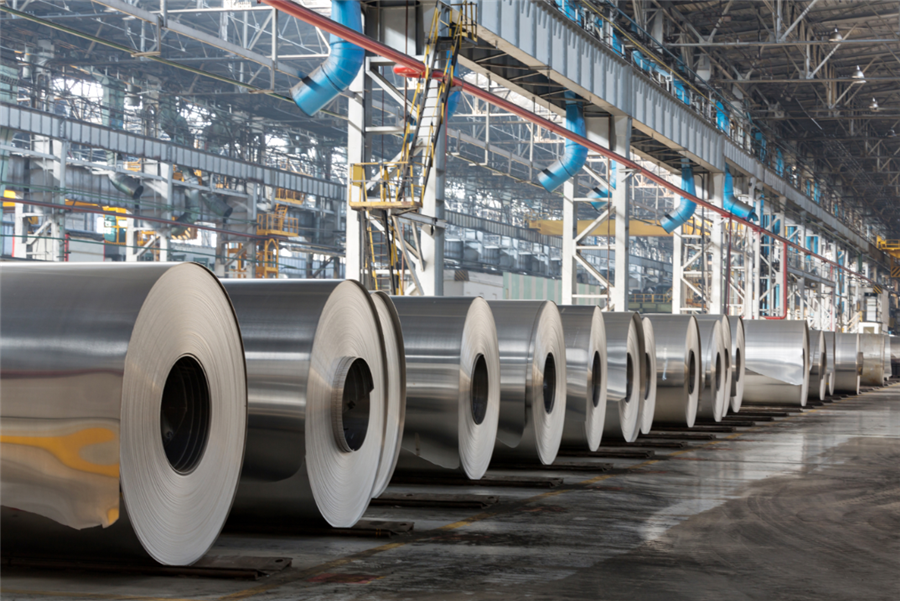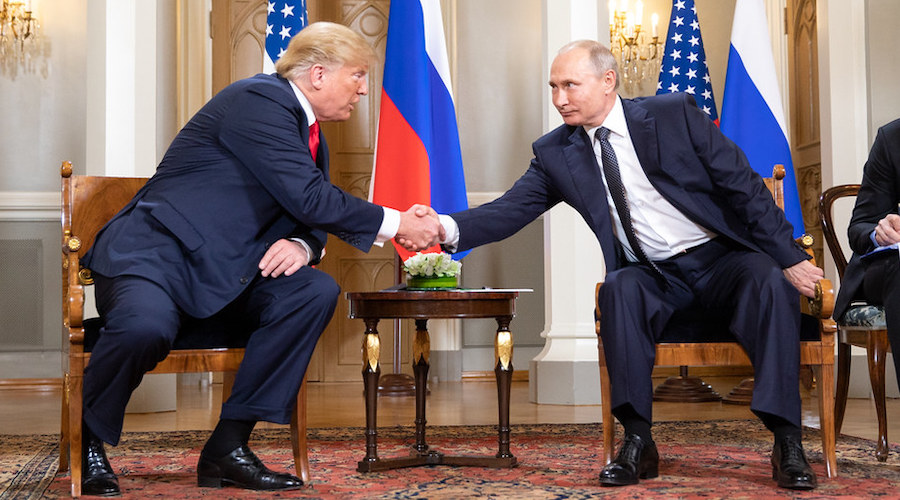US disrupts aluminium supply chain, but not where it counts

LONDON, Aug 23 (Reuters) – In the United States, old aluminium smelters are being brought back to life.
On Wednesday Century Aluminum held an official ceremony to celebrate the reactivation of the first of three idled potlines at its Hawesville plant in Kentucky.
The smelter, which first started production in 1969, has been running at just 40 percent of its 252,000-tonne annual capacity since 2015 and was teetering on the edge of full closure.
Hawesville’s life-line has come from the imposition of 10-percent tariffs on U.S. imports of aluminium and Commerce Secretary Wilbur Ross was guest of honour at yesterday’s official bash.
In Russia, meanwhile, old aluminium smelters are being closed down.
This administration remains steadfast in our Made in the USA commitment.
The Nadvoitsy plant, built in the 1950s, has been operating at just 20 percent of historical capacity since 2013 but will now be permanently closed because of U.S. sanctions on its operator, UC Rusal.
Such are the ripple effects of the Trump Administration’s impact on the global aluminium market.
Untouched so far, however, has been the country that arguably pushed both Nadvoitsy and Hawesville to the brink of collapse in the first place.
China will this year bring on line something like three million tonnes of new, state-of-the-art aluminium smelting capacity. It may be four million. Keeping statistical pace with China’s massive aluminium sector is tricky.
But either way, the rest of the world’s aluminium dependency on China is still growing.
Made in America
“This administration remains steadfast in our Made in the U.S.A. commitment”, Ross declared at yesterday’s restart ceremony in Kentucky.
The reactivation of Hawesville, which produces the sort of high-quality metal required by the defence and aerospace industries, is being touted as a vindication of the Administration’s imposition of import duties on the grounds of national security.
So too will be the restart of the New Madrid smelter in Missouri under its new owners Magnitude 7 Metals.
The plant, which was commissioned in 1973 and mothballed in 2016, has just made its first shipment in two years, according to local media.
Alcoa’s restart of capacity at its Warrick smelter in Indiana was announced last year and is, the company stressed on its Q2 conference call, “based on cost efficiencies” rather than tariffs.
The historical powerhouse of U.S. aluminium production is not exactly a fan of tariffs.
It has just submitted a formal request for tariff exemptions on around 40,000 tonnes of aluminium alloy coming from its own Becancour smelter across the border in Canada.
The company has found no domestic source for the right sort of alloy in the right sort of quantity it needs for its Warrick rolling mill.
A failure to persuade the Chinese government to rein back its own production will mean that ever more of what is “Made in the USA” will use “Made in China” inputs.
Alcoa, according to president and chief executive officer Roy Harvey, is “disappointed” that its three Canadian smelters are liable to tariffs, which may be something of an understatement.
Much of the aluminium that is “Made in the U.S.A” actually uses as raw material metal from a Canadian smelter.
That isn’t going to change any time soon.
As Alcoa’s Harvey pointed out, even if every single tonne of idled U.S. smelter capacity were restarted, unlikely in itself, the United States “would still need to import the vast majority of its required primary aluminum, with approximately 60 percent from Canada”.
Made in China
The hollowing-out of U.S. aluminium production over the last couple of decades has been mirrored just about everywhere else.
No-one has been able to compete with China.
The country’s share of global output has been running around the 57 percent level since March, a new all-time high.
True, this may also be down to the unusually high number of non-Chinese smelters that have been hit by unexpected supply outages this year, but the underlying trend has been running for many years now.
China’s annualised production increased by just over one million tonnes in the first seven months of this year, according to the International Aluminium Institute.
For every tonne of “illegal” or polluting capacity closed, there is another tonne of new capacity to replace it. The pace of growth is slowing but China is still exporting more aluminium than ever before.
This, according to the U.S. Aluminum Association, is the “foundational problem confronting the industry not only in the United States but also around the world”.
Such a concentration of supply in such an important global supply chain poses a long-term dilemma for aluminium users.
Automakers around the world are trying to work out strategies for sourcing cobalt, a metal they need for the lithium-ion batteries that will drive the electric vehicle revolution.
They don’t like the concentration of supply in the Democratic Republic of Congo.
Last year the DRC accounted for 61 percent of global cobalt production, a dominance of the supply chain that China is fast approaching in aluminium, another critical metallic input to the automotive sector.
Going it alone
Seen in this light, the U.S. Administration’s drive to raise domestic aluminium production is understandable.
So too is its criticism of what Secretary Ross describes as “the unfair foreign trade practices” that have hollowed out its domestic capacity.
In fact, the previous Obama Administration thought exactly the same, which is why in its very last days it lodged a formal complaint about China’s aluminium sector to the World Trade Organization (WTO).
The difference, of course, is that the current Administration is going it alone rather than using a multinational organisation such as the WTO to seek redress.
Aluminium is no doubt somewhere on the list of difficult topics for discussion between the U.S. and Chinese governments as they try and de-escalate trade tensions.
It’s a very long list, however, and it’s probably fair to say that aluminium isn’t near the top.
Tariffs and sanctions, meanwhile, are splintering a coalition of like-minded producing nations that would form a natural alliance in tackling China’s aluminium dominance.
The restart of small amounts of decades-old U.S. production capacity isn’t going to make much difference to that dominance.
Building new smelters might move the dial, but that would take, to quote Alcoa, “globally competitive capital costs”, as well as “attractively priced long-term energy, and a competitive regulatory environment.”
Exactly the sort of state intervention, in other words, which China stands accused of using to nurture its own smelter sector.
If the U.S. doesn’t want to go down that path, it will have to persuade the Chinese government to rein back its own production, and it will need as many friends as possible to pressure Beijing to upend its own “Made in China” industrial policy.
A failure to persuade the Chinese government to rein back its own production will mean that ever more of what is “Made in the U.S.A” will use “Made in China” inputs.
(By Andy Home; Editing by Jan Harvey)
More News
{{ commodity.name }}
{{ post.title }}
{{ post.date }}



Comments